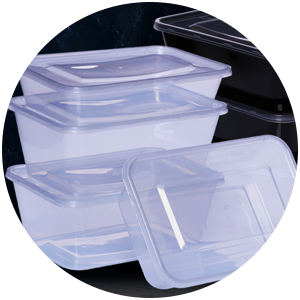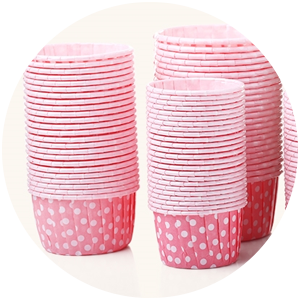Superiorities of PLA

➢Safety: plant-sourced raw materials, and its monomers are lactic acid which is commonly-used food additives, one of the major ingredients of yoghurt.
➢Biodegradable: PLA products will be biologically degraded as carbon dioxide and water after abandoned, which realizes the biological circulation. It takes hundreds of years for the degradation of petroleum-based plastics. Moreover, the life cycle of PLA is more low-carbon and environmental-friendly, able to reduce 2/3 carbon emission compared with PET.
➢Biodegradable: PLA products will be biologically degraded as carbon dioxide and water after abandoned, which realizes the biological circulation. It takes hundreds of years for the degradation of petroleum-based plastics. Moreover, the life cycle of PLA is more low-carbon and environmental-friendly, able to reduce 2/3 carbon emission compared with PET.














